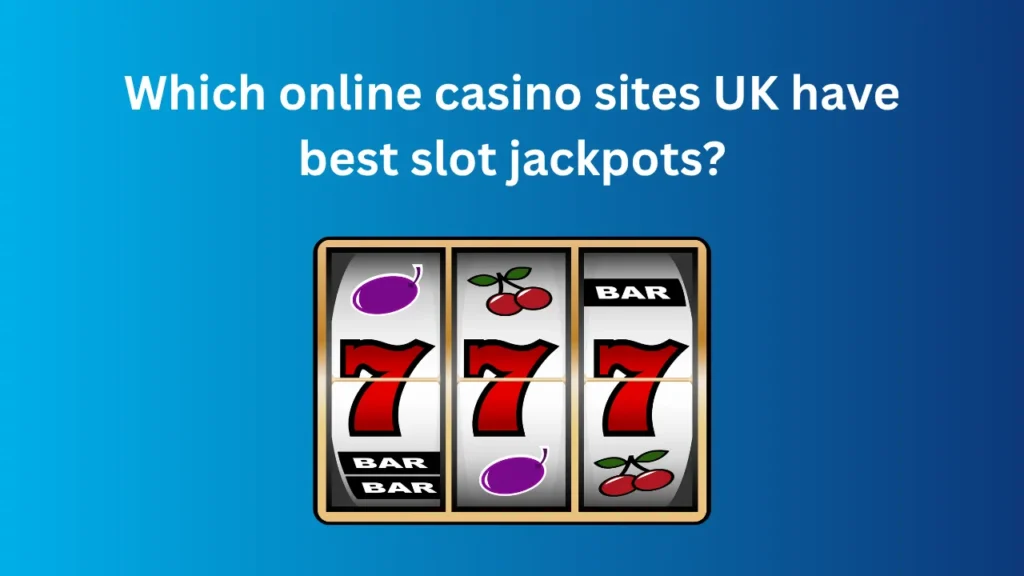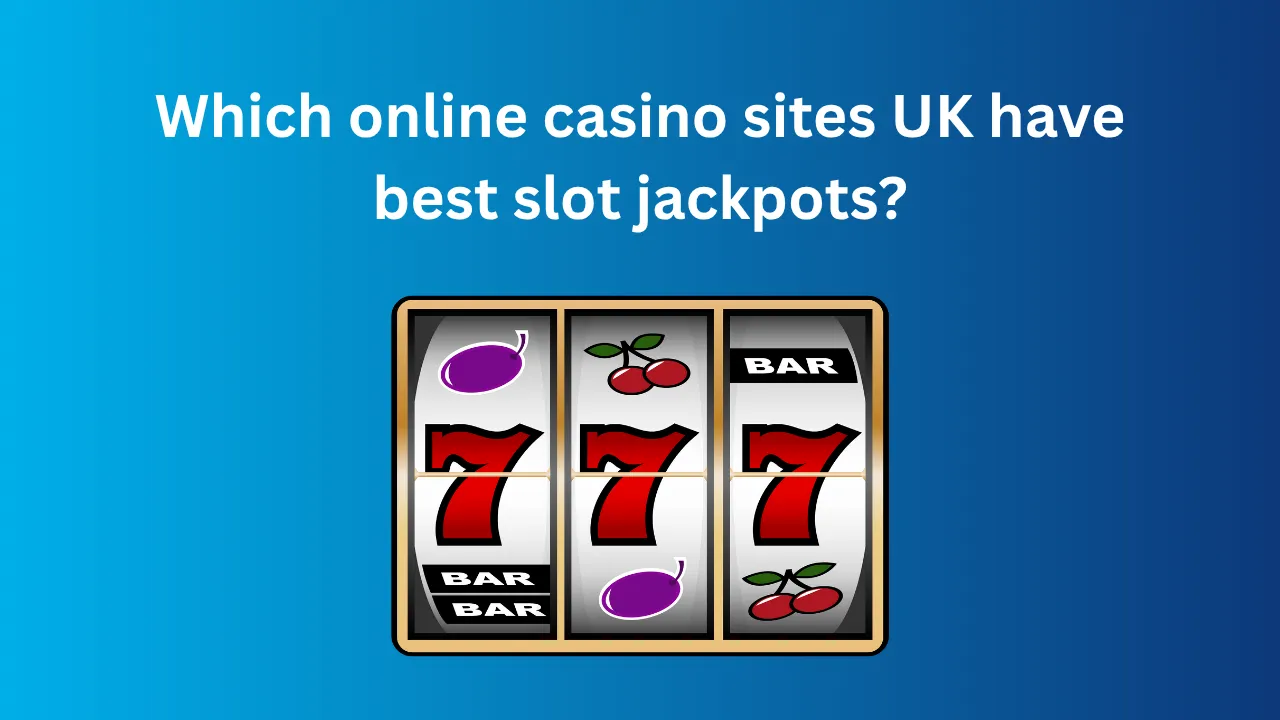What is a reverse jackpot system? On the surface, it sounds contradictory. You’re used to jackpots meaning a massive, rare payout that appears suddenly. A reverse jackpot turns that idea upside down—it’s about consistent, smaller rewards given for ongoing play instead of a single, life-changing win. Why would casinos offer such a structure, and how does it change the way you think about risk and reward?
Think about how traditional jackpots work. They’re built on long odds. The casino benefits from the huge pool of losing bets, and a rare player gets the big payout. For most people, that means chasing a goal they probably won’t reach. The reverse jackpot flips the psychology. Instead of hoping for one improbable event, you collect steady, smaller payouts as you play. It might trigger after a set number of spins, after reaching a wagering milestone, or when you’ve played a certain time without hitting a major win. Why would a casino do this? To keep you engaged for longer stretches.
Do you stay more motivated when you get rewarded regularly? That’s what the system exploits. You’re not leaving with empty hands after long dry spells—you’re getting something, even if it’s modest. It’s not generosity; it’s retention strategy. By removing the frustration of losing streaks, the reverse jackpot system encourages you to keep playing because the next guaranteed payout feels close. The anticipation isn’t about “if” you’ll win but “when.”
Consider how this plays out in different gambling environments. In regulated markets, there are restrictions on payout structures, bonus frequency, and player tracking. In “no KYC crypto casinos ”, these rules can be looser. Do these platforms use that freedom to experiment with player rewards? Absolutely. They can implement reverse jackpots without the same oversight, adjusting the reward frequency and value to fit their retention goals. That flexibility lets them create systems where even moderate-budget players feel they’re winning something consistently.
But does this mean players are better off? Not necessarily. The payouts in a reverse jackpot are often factored into the game’s overall return-to-player (RTP). That means the regular small wins don’t come from nowhere—they’re balanced by other parts of the game’s math, such as slightly reduced standard win sizes. Do you notice that “steady wins” often mean smaller individual payouts across the board? That’s part of the trade-off. It’s less about increasing your total return and more about changing how that return is delivered.
The psychology is where this system shines for casinos. Humans respond strongly to reinforcement schedules—especially variable schedules. A reverse jackpot mixes certainty (you will get a payout at certain points) with uncertainty (how much will it be?). This hybrid approach blends the addictive thrill of unpredictability with the comfort of knowing you won’t leave empty-handed. In “casinos not on GamStop”, where player self-exclusion isn’t enforced, that balance can keep players in longer sessions than they might experience elsewhere.
Why call it a “reverse” jackpot? The name is partly marketing. It flips the typical big-win narrative on its head, giving the impression of a player-friendly feature. The twist is that it still benefits the house by smoothing out the emotional lows that might cause you to stop playing. Think about a standard slot session where you might go 50 spins without a win. Most people would lose interest. In a reverse jackpot game, the promise of a payout every set interval keeps you engaged past that point.
Does it make games more skill-based? Not really. Reverse jackpots still rely on chance. You can’t “earn” them faster through strategy—unless the system is based on wagering milestones, in which case higher betting can accelerate the reward trigger. That’s another psychological hook. If you know you’re 10 spins away from a guaranteed payout, would you bet more to get there faster? Many players do, which increases the casino’s revenue even as they prepare to give you a small reward.
There’s also a social angle. In multiplayer or shared-jackpot games, reverse jackpots can create visible activity in chat feeds or on leaderboards. Seeing other players receive regular rewards creates peer reinforcement—if they’re getting payouts, you expect yours is coming soon. This is particularly powerful in online slots and live casino games. In some “casinos not on GamStop”, reverse jackpots are linked across multiple games, so your regular play in one title still counts toward a system-wide milestone.
But how does this affect your long-term outcome? Reverse jackpots can change your play pattern. Instead of quitting after a loss, you might push through knowing a payout is near. Over time, those extra spins or bets add up to more money wagered, which increases the casino’s profit margin even if your win frequency feels higher. That’s the core strategy—shaping your perception of value without necessarily improving your actual returns.
From a design perspective, reverse jackpot systems require careful balance. If the payouts are too frequent or too high, they cut into profitability. Too infrequent or too small, and players lose interest. The sweet spot is where the rewards feel meaningful enough to excite you but small enough to keep the edge in the casino’s favor. Game developers tweak these systems through testing, adjusting the timing, payout size, and presentation.
Presentation matters. Reverse jackpots are often wrapped in animations, sound effects, and celebratory graphics to make them feel bigger than they are. Even a payout that’s less than your stake can be presented as a “win” through visual and auditory cues. This is sometimes called a “loss disguised as a win,” and it’s common in both standard and reverse jackpot setups. The difference is that in reverse jackpots, these moments are built into the rhythm of play.
Should you seek out games with reverse jackpots? It depends on your priorities. If you value entertainment and consistent small rewards over rare large wins, they can make your play sessions feel more satisfying. If your focus is purely on maximizing returns, the math may not be in your favor. Always check the RTP and read the rules to understand how the reverse jackpot is funded—sometimes it’s just a redistribution of payouts you’d get in other ways.
Ultimately, a reverse jackpot system is less about changing your odds of winning and more about reshaping your emotional experience. It’s a tool for managing frustration and sustaining engagement, and in environments like “casinos not on GamStop”, it’s used strategically to extend playtime and build loyalty. Do you recognize when the system is working on you, or does the steady trickle of rewards make you forget the bigger picture? That’s the question every informed player should ask





